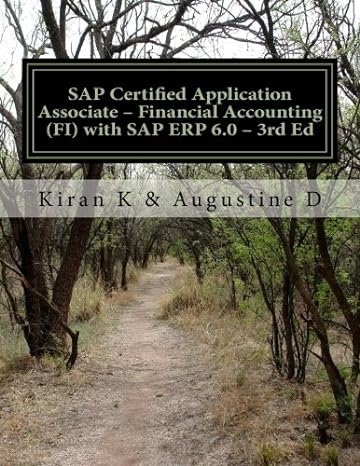Question
1. If f (1) = 7 and f ' ( x ) 3 for 1 x 6, how small can f (6) possibly be? 2.
1.
If f(1) = 7 and f '(x) 3 for 1 x 6, how small can f(6) possibly be?
2.
Suppose that 3 f '(x) 5 for all values of x. What are the minimum and maximum possible values of
f(5) f(3)?
f(5) f(3)
3.
A function is given.
f(x) = 9x 2; x = 2, x = 3
(a) Determine the net change between the given values of the variable.
(b) Determine the average rate of change between the given values of the variable.
4.
Select Scenario 1, which is about polynomials. Change the function to
f(x)= 3 + 2x2 2x3,
and set the interval being considered to
[1, 3].
(a)
The two points through which the secant line is drawn are (a, f(a)) =
and (b, f(b)) =
.
(b)
The slope of the secant line is . This means the secant line ---Select--- rises from left to right falls from left to right is horizontal is vertical .
(c)
To the nearest hundredth, the value of c that satisfies the conclusion of the Mean Value Theorem in this case is
c = .
(d)
At
x = 1,
the tangent line to the function being considered has the same slope as the secant line. However, 1 does not satisfy the conclusion of the Mean Value Theorem on the interval. This is because the Mean Value Theorem guarantees the secant line over a closed interval
[a, b]
is the value of the derivative at some point c ---Select--- in the closed interval [a, b] in the open interval (a, b) in the half-open interval [a, b) in the half-open interval (a, b] less than a greater than b .
Step by Step Solution
There are 3 Steps involved in it
Step: 1

Get Instant Access to Expert-Tailored Solutions
See step-by-step solutions with expert insights and AI powered tools for academic success
Step: 2

Step: 3

Ace Your Homework with AI
Get the answers you need in no time with our AI-driven, step-by-step assistance
Get Started


